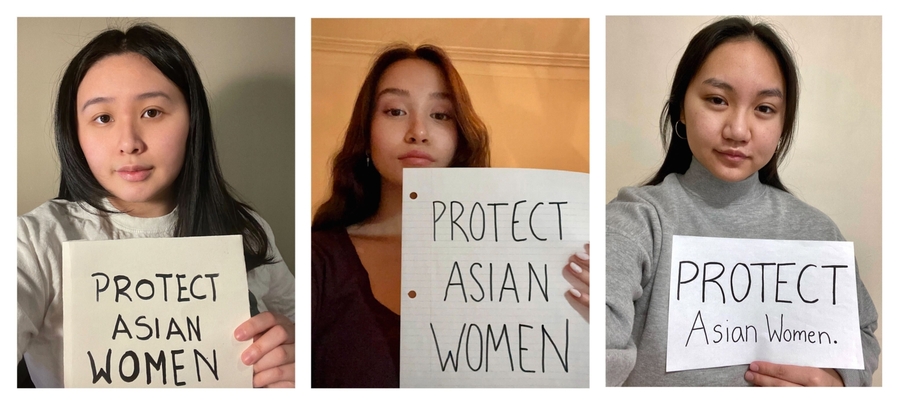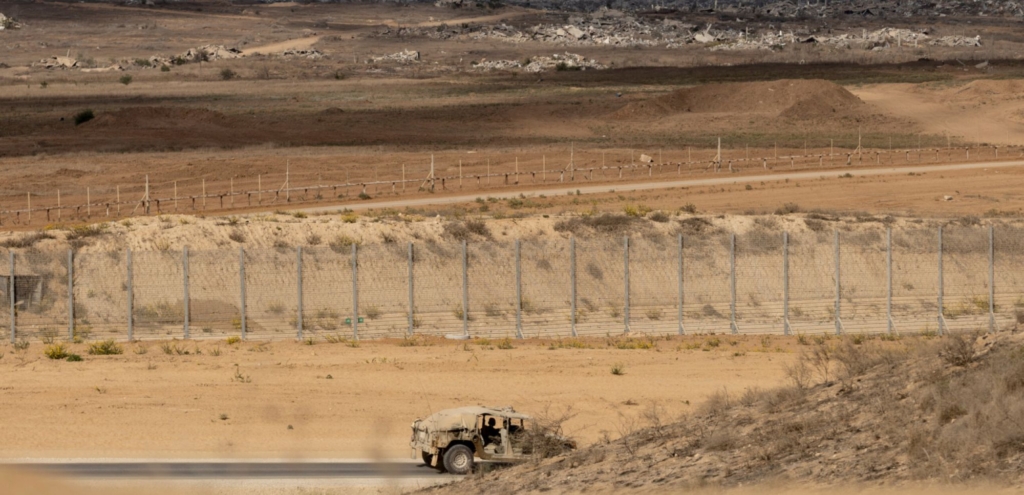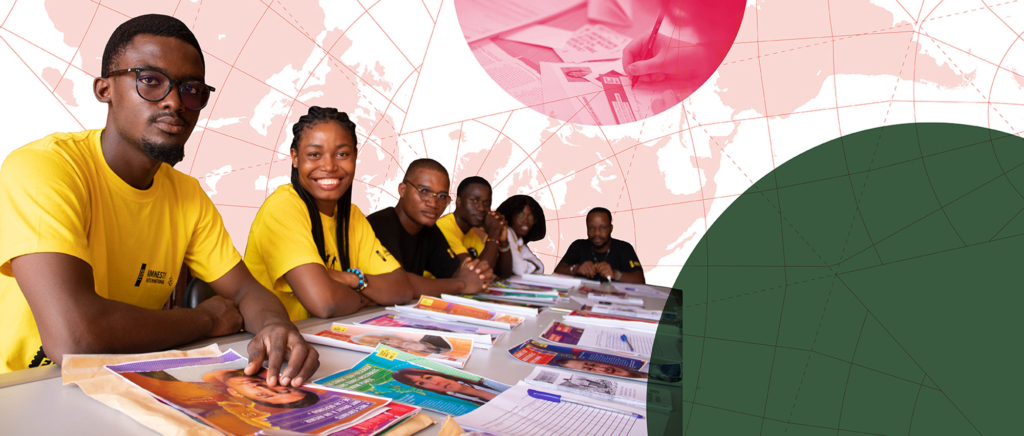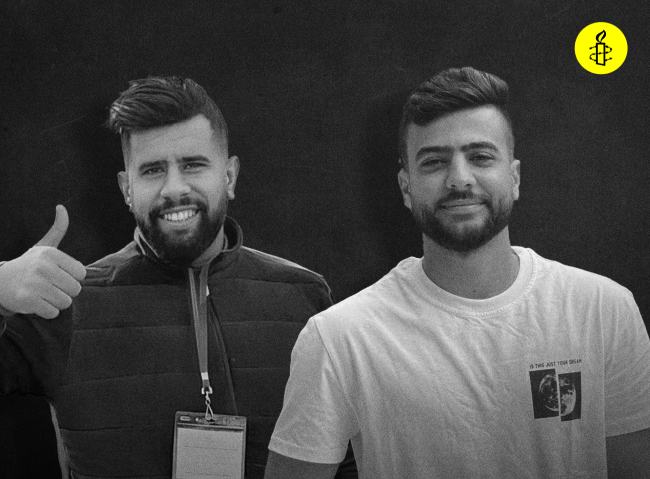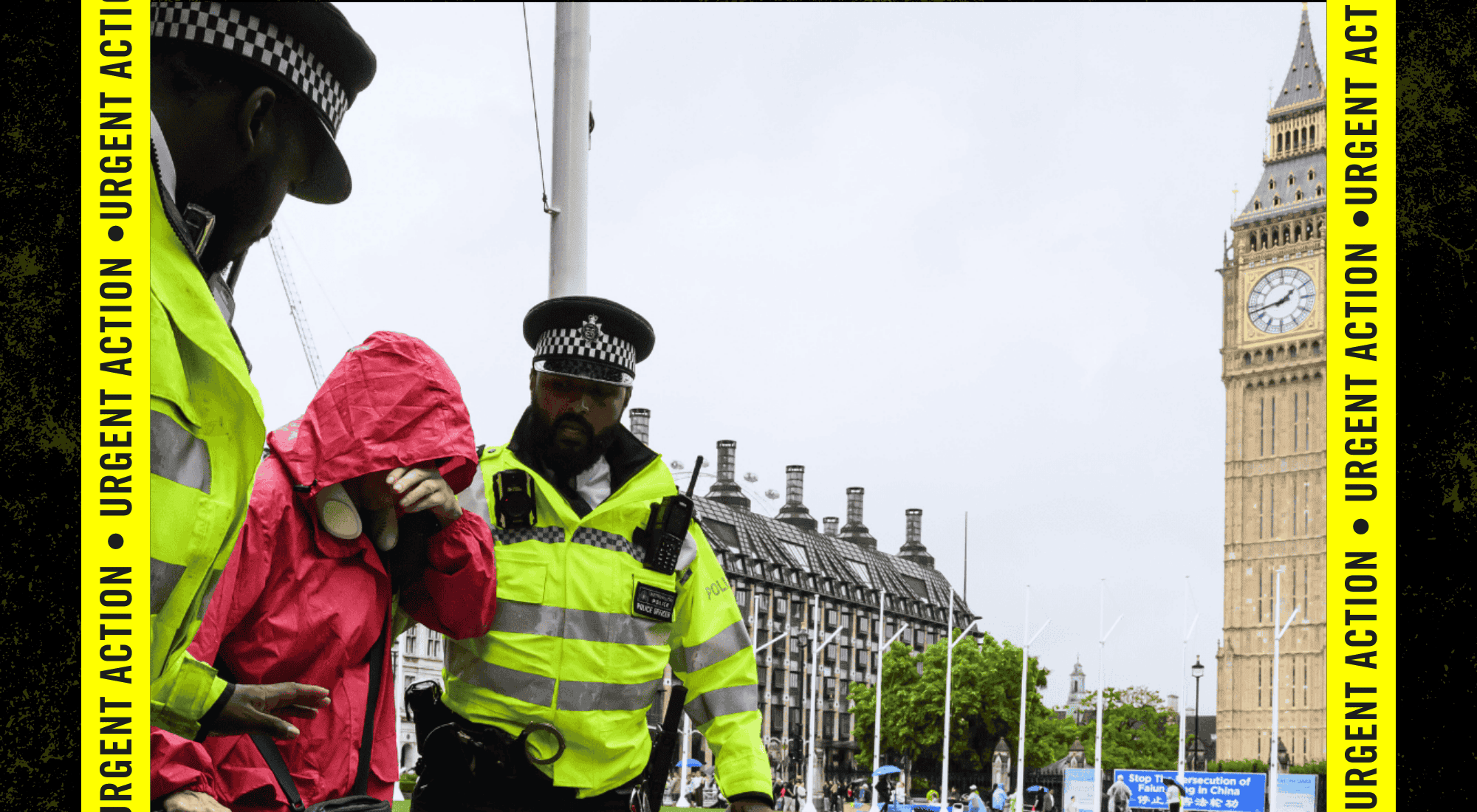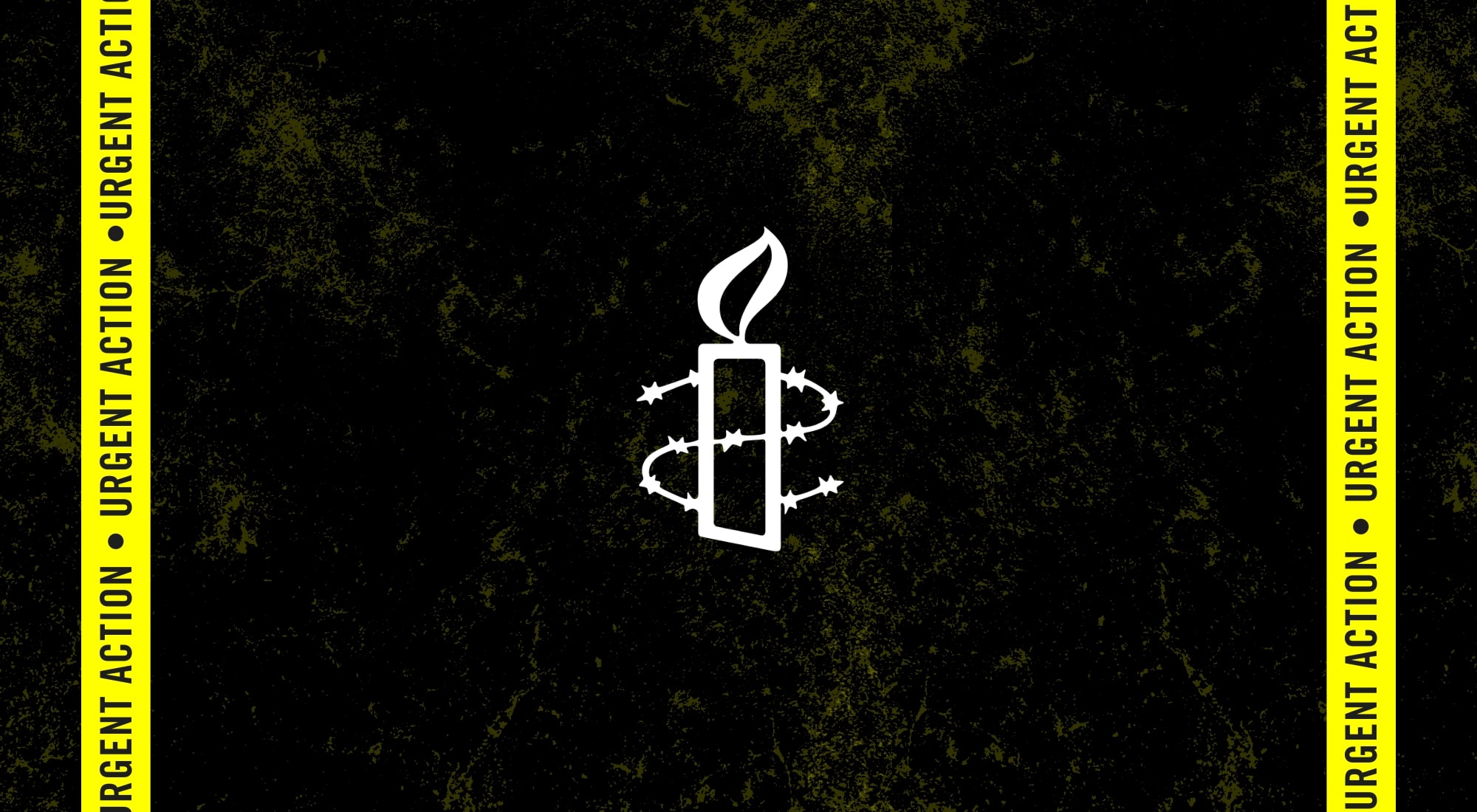Content Warning: Anti-Asian racism and hate crimes, (sexual) gender-based violence, gun violence, death
Note: ‘Asian’ is often misused to refer to only people of East Asian descent, reinforcing a monolith and ignoring the several other cultures represented across the continent of Asia.
March 16, 2022, marks the 1-year anniversary of the Atlanta Spa Shootings, where a gunman took eight innocent lives (6 of which were Asian women).
This tragedy came during a period of significant increase in hate crimes against people of Asian descent since the start of the COVID-19 pandemic, with major cities reporting crime rates of six to seven hundred percent higher than the previous year.
- On January 16, 2022, Michelle Go was pushed to her death in front of a subway train at New York’s Times Square station.
- On Sunday, February 13, 2022, Christina Yuna Lee was stabbed to death inside her apartment by a man who had followed her into her building.
- On Sunday, February 27, seven Asian women were assaulted in a span of 2 hours.
- In March 2021, an Asian woman was criminally harassed and had death threats uttered to her while on Montreal’s Metro system.
- In February 2022, a Chinese woman in Seattle was struck in the head with a baseball bat from behind while walking home from work.
- From the period between March 10, 2020 and February 28, 2021, the Chinese Canadian National Council’s Toronto chapter compiled 1,150 self-reported incidents of anti-Asian racism across Canada.
- A recent study led by The University of Victoria which surveyed 874 first and second-generation Chinese-Canadians, found that one in three respondents had been personally threatened or intimidated and more than one in four had been physically attacked.
- According to the Vancouver Police Department, anti-Asian hate crime incidents rose by 717% from 2019 to 2020.
- In San Francisco, California, the SF police department showed a 567% increase in reports of hate crimes against Asian Americans.
- In the United States, anti-Asian hate crimes increased by 339% nationwide in 2021.
While not all instances of violence against Asians are necessarily rooted in racism, it is still extremely difficult to digest seeing another one of us dying amid this concurrent surge in hate crimes.
Despite this sudden increase, the roots of anti-Asian violence have can be traced far earlier than just the beginning of the COVID-19 pandemic. Much of the hate is rooted in North America’s long and sordid history of anti-Asian racism (influenced by Eurocentrism and Orientalism), demonstrated by government and organizational policies and actions rooted in xenophobia and sinophobia. From the exploitation of Chinese labourers in the construction of the Canadian Pacific Railway (1881-1885) to the Chinese Head Tax of the Chinese Immigration/ Exclusion Act (1923), prejudices and stereotypical views against Asians has been ingrained in our systems and institutions, and the latest surge in anti-Asian violence should not be surprising.
The sinophobic rhetoric spewed by politicians and anti-Chinese people alike is compounded by misinformation related to COVID-19, which has provoked the attacks, harassment, and murders of many members of Asian diaspora communities. While sinophobia refers to the fear and hatred of China, the attitude contributes to racism against other nationalities and ethnicities due to the West’s misconception of Asia as a monolith dominated by China. For example, not all victims of these attacks have necessarily been of East or Southeast Asian descent but merely held physical features which resembled these ethnicities.

The Model Minority Myth: How it Breeds Racism, Xenophobia and Sexual Violence
The myth of the model minority is built on perceptions and stereotypes that views all Asians as hard-working, independent, intelligent, and economically prosperous. In labelling Asians with these traits, the view is that they are positioned more closely to whiteness, and therefore less othered. This myth causes a separation from the perceptions of other minority groups, creating the harmful “Oppression Olympics,” that degrades and undermines other racialized peoples. For more context, please read Unboxing the Model Minority Myth | Meegan Lim.
Behaviours that treat all Asians as simply rule-abiding or as not holding the kinds of needs that would warrant societal or government policy concerns, manifest unrealistic expectations. For members of Asian communities, the stereotype also develops a fear among them of failing to conform to those so-called positive stereotypes.
Western imperialism has contributed to many other inequalities and injustices. One of the most overlooked examples of this is the objectification, fetishization and exoticism of ‘Asian’ women. This hypersexualiziation of East and Southeast Asian women and girls is not only degrading, but is rooted in views stemming from the fears of yellow peril. In fact, there is a direct connection between the gunman and the Atlanta Spa Shootings, whose actions he justified by claiming his need to eliminate his sexual addiction. Anti-Asian racism is undeniably embedded in this kind of mentality, which also results in the added harm of heightening the stigma of sex work.
Asian: The US Census Bureau defines a person of the Asian race as “having origins in any of the original inhabitants of the Far East, Southeast Asia, or the Indian subcontinent including, for example, Cambodia, China, India, Japan, Korea, Malaysia, Pakistan, the Philippine Islands, Thailand, and Vietnam.”
Yellow Peril: A racial construct that emerged from Europe during the end of the 19th century in response to rising fears of Asian invasion. The theory states that Asians were uncivilized, of lower intelligence, and dangerous, this posing a serious threat to the more civilized white nations of the west.
Yellow Fever: The fetishization of predominantly East Asian women because they are perceived as docile, feminine, and submissive.
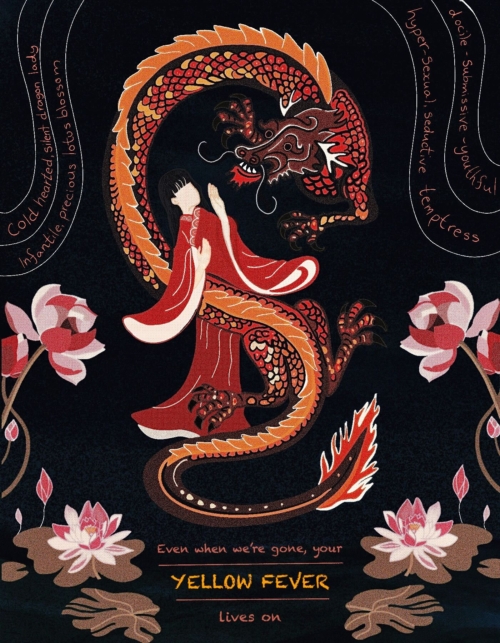
Illustrated by Rachel Kara Lim
It Could Have Been Us: Personal Reflections from the Authors
Reflections from Linnea Nguyen:
I answer the question “Where are you from?” quite often; in school, at work, almost everywhere. Some are more subtle than others, some are even more polite than others. I am an 18 year old student, born and raised in Montreal, QC. Naturally, I assume that they mean to ask about my ethnicity. I reply that I am half Vietnamese. The most common response is “Wow! So exotic!” What they mean is that I’m comfortably white enough, but with a dash of something else that they find intriguing – something that reminds them of the unrelenting fetishization of Asian women. I’m the right mix of white and “exotic” to them.
There is a line drawn in the sand for the image of Asian women. On one side, a nerdy girl studies at her desk under artificial light, studying tirelessly for a test the next day that she must get an A on. On the other side, the same girl stands in a short skirt, pigtails, glasses, and a button-down blouse. This is a typical example of the image of duality created for Asian women. Exotic, submissive, and docile.
I am proud to say I am half Vietnamese. But the suggestive grins that follow our answers to their questions work to shrink, silence, and sexualize Asian women. This incessant dehumanization primes Asian women to be targets of abuse and violence.
The expectation of docility must be eliminated, but the only means of doing so is by reclaiming our identities, our sexualities, and our bodies. We must speak out when issues like such go untreated for too long. We must keep breaking barriers by setting a new standard of who Asian women are and what we can do. By rewriting narratives, we can better escape these dangerous tropes and hold perpetrators accountable.
Reflections from Trisha mae-Capistrano:
I am a 19 year old student who has now lived in two of the most multicultural cities in Canada: Vancouver and Montreal. Growing up amidst such diversity, I was made to believe that racist attacks were events that happened to people out there, in places unlike where I lived where people of all backgrounds seemingly lived in harmony. But when I read headlines on the assaults and murders of Asian women, I now think, “that could have been me.” And that can still be me. I know that these women were not attacked simply for being women, but also for their Asian identity and that is what motivated their attackers and murderers.
I know that if I had been at that same location at any of those same times, it could have been me in any of their places. Headline after headline has inevitably instilled in me profound fears. When I am on public transportation, I wonder whether someone might utter a derogatory comment to me. When I pass through metro doors, I quickly scan to see if anyone is staring at me and hope no one will hate me for simply being there on the train. When I walk home alone, I wonder whether any of the strangers I walk past might want to harm me. It has become instinctive now to glance behind me after I have passed someone to check if they might follow me or be gearing up for an attack.
Knowing that many people blame Asians for “bringing COVID to the country” makes me wonder if I should enter certain public spaces. I take deep, anxious breaths as I walk down busy city streets, into cafes, or grocery stores where I might encounter someone who would blame the pandemic on me and “my people.” As I enter predominantly white spaces, I wonder if everyone will have already made up their mind about the kind of person I am as soon as I walk in.
I can imagine that the same fears cross the minds of other Asian women. I, and perhaps others, have come to the realization that these incidents of targeted Asian violence do not just happen out there, but they can happen to us. Statistics and reports indicate that targeted assaults on Asians are not just one-off experiences but that a pattern of this violence has formed, and is increasing. Asian women have for years, advocated for themselves and their safety, but they have yet to be fully heard. Action must be taken to prevent more headlines on anti-Asian hate, to prevent the continued rise of statistics of assaults and deaths, and to continue pushing for anti-Asian hate awareness so that these instances of hate are not simply added to reports and then forgotten.
Reflections from Rachel Lim:
Having grown up in Brampton, ON, one of Canada’s most multicultural and ethnically diverse cities, I learned to appreciate the beauty of other cultures and languages. Despite the city’s large immigrant and South Asian population, I still faced racial discrimination as it intersected with misogyny. Now, a 20-year old student living in Ottawa, I continue to struggle with my Chinese-Malaysian identity, especially in an environment where the city’s Chinatown constantly undergoes gentrification, including plastering the streets with orientalist murals that fetishize our women, our histories, and our cultures. Many of these murals are painted by white male tattoo artists who profit from cultural appropriation. They use their status to manipulate narratives and dialogue around who Asian people are and what they look and act like, further contributing to the hyper-sexualization and infantilization of Asian women.
The only admiration or affection I received growing up was through upholding the model minority myth and stereotypes that came with it. I infantilized myself to please my former partners, who often had yellow fever. To feel accepted and respected, I laughed with my friends as they spewed racist jokes and called me offensive terms. No matter how hard I tried to socially conform and feel accepted, I only felt disgusting, degraded, and dehumanized. The intersections of misogyny and racism convince men that Asian women and girls are uniquely vulnerable, exotic, and, unfortunately, youthful. As young girls, we have been socialized to accept this highly toxic culture where grooming and pedophilia are normalized, and no one ever called it out.
After the Atlanta Spa Shootings, I felt more open to discussing the intersections of my identity and the lived experiences that have shaped the person I am today. Debriefing my trauma and proposing ways to implement action has become therapeutic because it keeps me hopeful. However, as March 16, 2022 approaches, my anxiety has noticeably spiked.
The only way for me to find peace within myself and ensure that our voices are heard is through writing, activism, and art. With bottled-up anger and frustration over the accumulation of such pain, tragedy, regret, and shame, I wrote Your Yellow Fever Lives On, an expressive spoken word poem.
Amnesty Canada’s Position
Amnesty Canada has campaigns and statements condemning gun violence, racism, and gender-based violence. We must recognize all women, girls and gender diverse people and their many intersections of identity that put them at risk of human rights abuses.
Ways to Take Action
- Speak out if you witness a hate crime or harassment. Inaction perpetuates violence and the harm of discrimination is often compounded by the inactivity of bystanders. If you are a bystander, intervene if it is safe to do so or defend the person. If you or someone else’s safety is in danger, report the incident (hate crimes are disproportionately underreported). Bystander intervention is an effective means to de-escalate and re-direct situations. For example, if you can do so safely, step in by pretending to know the victim and engaging them in conversation, or offering to walk with them.
- Understand that anti-Asian hate has always been an ongoing issue, and is not a problem characterized by isolated incidents and their accompanying headlines. Fluctuating attention is inadequate and we must both recognize and denounce misinformation surrounding Asian and Pacific Islander communities and the COVID-19 pandemic. Discuss these topics with your friends and family and hold them accountable when they are racist. Continue your advocacy for Black and other racialized communities.
- Don’t take up space that isn’t yours. An ally’s role in addressing anti-Asian hate is to follow the leadership of Asian activists and to deepen their knowledge by doing the research using credible sources. Many sources are linked throughout this page.
- Support Asian-owned small businesses and inform yourself on the histories and lived realities by consuming Asian-produced media, content, and projects.
- Support the following initiatives:
Memorial Funds
- https://www.gofundme.com/f/michellego
- https://www.gofundme.com/f/christina-yuna-lee-memorial-fund
- https://www.gofundme.com/f/aufh6m-help-christina-recover
Organizations and Resources
- https://ccncsj.ca/donations/support-us/
- https://donate.givedirect.org/?cid=14711&n=985382
- https://www.advancingjustice-atlanta.org/
- https://www.redcanarysong.net/atlanta
- https://act2endracism.ca/
- https://www.project1907.org/
- https://www.elimin8hate.org/donate
- https://ccncsj.ca/
- https://www.covidracism.ca/
- https://www.asianmhc.org/
- https://www.butterflysw.org/publication
For more insight on the history of anti-Asian racism in North America, please read these personal accounts by writers at Politically Invisible Asians.
Politically Invisible Asians Newsletter: Stop Asian Hate Tag
- A Virus Turned Violent: How Trump’s Rhetoric Impacted the Asian American Community | Caitlin Hsu
- History Repeats Itself: Digging up the Roots of Sinaphobia in the U.S. | Cassie Guinto
- Business As Usual: The Tired Reality of Anti-Asian Violence | Justin Chaung
- Echoes of the Past: The Rise of China and Anti-Asian Hate | Justin Chaung
- The Asian Gaze: The Lens of Western Fetishization of the East l Gabriel Murjani
- To the “Friends” Who Never Reached Out to Me in the Aftermath of the Atlanta Mass Shooting | Rachel Lim
- To Be an Asian Woman Living in a White Supremacist Patriarchy | Winnie Kong
One year on after the Atlanta Spa shootings, attention on anti-Asian hate and violence against women has been largely absent. Nearly every media story or report still centers the narrative only on the tragedy, exposing a wider gap in the media coverage and awareness of the larger systemic conditions that pre-empted the attack itself. There is a longer path forward in securing the freedom for women and girls, and in enhancing the rights for Asian and Pacific Islander communities.
Do your part. Share this article. Post your own art, poem, and work to prove that covering violence against women is not a yearly trend but an ongoing issue.
We are not your scapegoat; we are not your model minority, and we are certainly not your Asian fetish.
______________________________________________________________________
Submitted by Trisha-mae Capistrano, Rachel Lim, and Linnea Nguyen, AI Canada National Organizers Program












